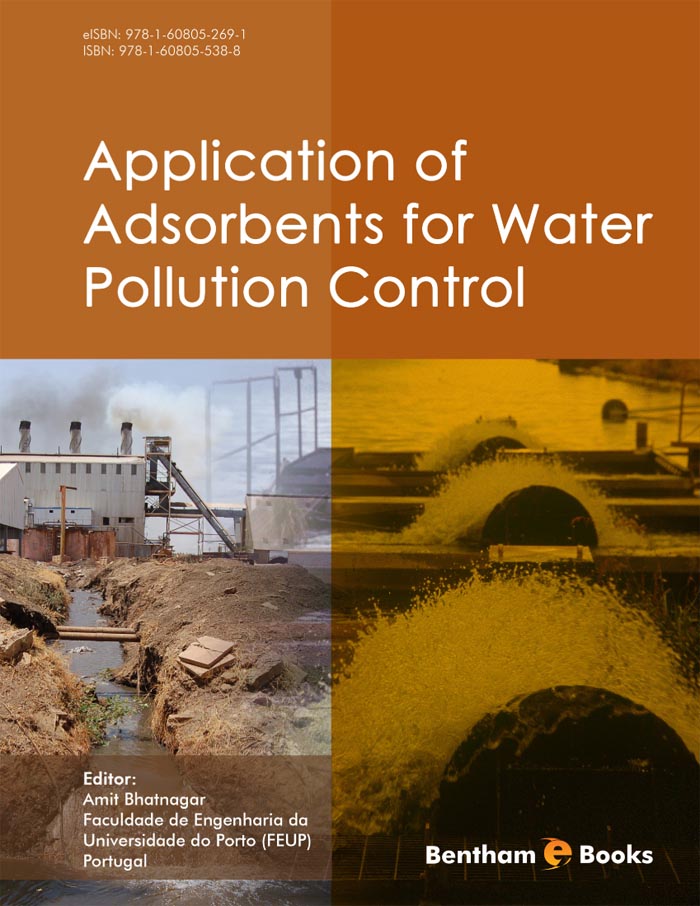Adsorption processes have played and are continuing to play an important role in much environmental application particularly in those dealing with wastewater and drinking water treatment.
One of the purposes of this e-book, “Application of adsorbents for water pollution control” edited by Dr. Amit Bhatnagar is to provide readers with a practical review of some of the many novel applications of conventional and novel alternative adsorbents in such important water treatment operations. In addition to reminding us about the ongoing use of the well established adsorbent activated carbon, chapters in the book provide us with clear descriptions and evidence of the importance and relevance of the use of natural adsorbents and modified natural adsorbents. The use of these alternative adsorbents in the removal of a wide range of contaminants and pollutants from water is well presented and discussed.
The type of materials which are illustrated include various nanomaterials, layered double hydroxides mesoporous silicates, kaolinite. montmorillonites and modified montmorillonites, zeolites agricultural materials including rice husk, biochars, bagasse ash waste slag, lignite and bone chars. Nanomaterials development is at the forefront of new adsorbent development and design with emphasis on surface modification to provide adsorbents with particular activity. The applications of these materials include metal ion uptake, organics removal, nutrient removal to name but a few.
The editor, Dr. Amit Bhatnagar is a recognized researcher in the field, and he describes for us some of the recent advances in adsorption technology for water treatment. He concludes that adsorption is a process which is widely used for water remediation around the world. He identifies that scale up from fundamental research to applied activity is a major challenge.
The book is full of references, and the chapter authors offer excellent analyses of the research dealing with the characterization and application of the different adsorbents. The chapters bring together descriptions of the research activity on surface structure and processes, adsorption isotherm and kinetic theories.
The intrinsic properties of the natural adsorbents have helped in their applications in this fast growing field. Activated carbon is described in terms of the high surface area, presence of reactive surface groups and how these hydrophilic and polar carbon surfaces are obtained through chemical activation.
Many of the theoretical models used in batch kinetic and equilibrium processes are described and presented as a descriptive compilation of the most widely used and representative models.
The increasing awareness of the use of iron oxide and iron oxide modified adsorbents is recognised. The properties and activity of Iron oxide nano adsorbents are described and the nanoparticles are shown to have suitable applications in the removal of various pollutants from wastewater.
The main aspects and challenges relating to advancing applications of adsorption processes for the treatment of wastewater are taken by the authors from fundamental adsorption mechanisms and principles through to the many industrial and municipal applications described in the text.
To sum up, this e-book provides us with a profile of some of the recent research activity in relation to the application of low cost adsorbents in wastewater treatment.
Professor Stephen J. Allen, Ph.D.
School of Chemistry & Chemical Engineering
Queen’s University Belfast
Northern Ireland
United Kingdom

